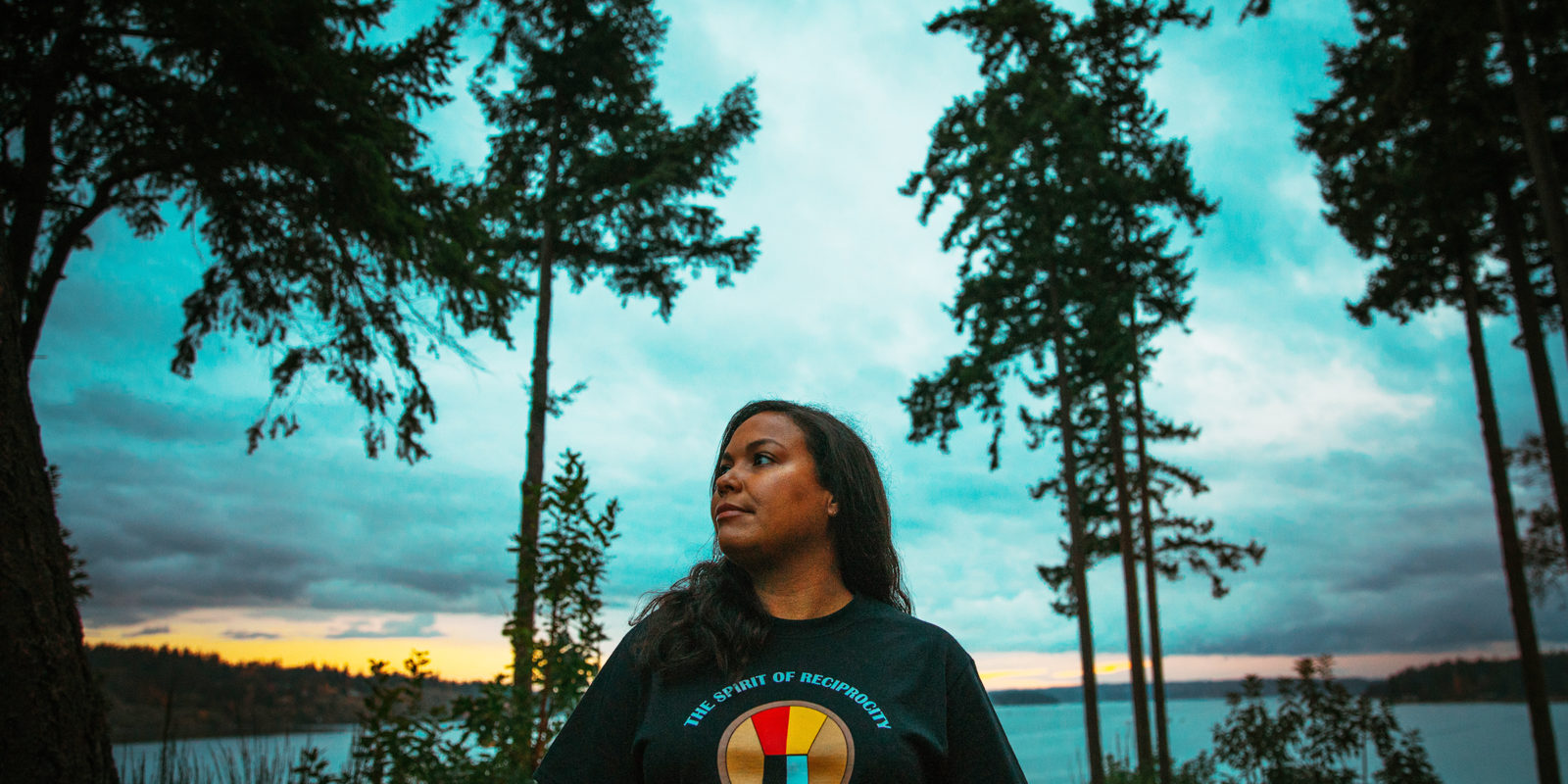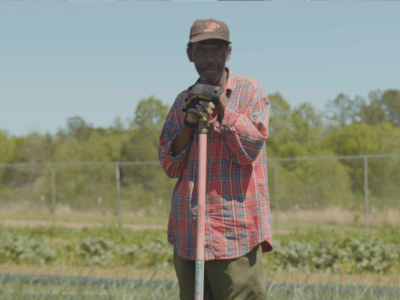Since 2002, Seattle-based Potlatch Fund has been inspiring philanthropy by tapping into a deep and longstanding Native giving tradition. Among Northwest Coast tribes, a potlatch is a ceremonial gathering built around the spirit of gift giving. “We potlatch to recognize marriage, to recognize birth of children, to recognize a mourning or passing of someone in our community,” says Board President Charlotte Coté. “But within the larger sense of potlatch, it’s a ritual gifting to people, knowing that gift will be returned back to you. It’s all about bringing something to your community and giving back.”
By putting the potlatch tradition at the center of its work and its mission, Potlatch Fund has opened new pathways for Native communities to give back and reinvest in themselves. “Native giving is all about reciprocity,” says Coté. Donations to Potlatch flow back into Native communities through grants to Native nonprofits and Native artists – a kind of redistribution of wealth that is essential to the potlatching practice. Since 2005, the organization has granted more than $4.2 million back into Native communities across the Northwest, much of it contributed by Native donors.
Often the grants awarded activate a new cycle of reciprocity, where grantees become the givers – just as they would in the potlatch tradition. This is particularly true among the Native artists that the Potlatch Fund supports, either through small grants used to purchase supplies or equipment or through the organization’s artist-focused capacity building trainings. This supports artists in expanding their art practice and prompts a larger loop of giving back to one another and to their community. Grantees might donate artwork to Potlatch or invite the organization to exhibit or hold events where they can market their grant program. Others become direct donors or join Potlatch Fund’s community grant review team, helping leadership make decisions about whom they fund.
In an effort to uplift and showcase this spirit of Native giving even more visibly, Potlatch Fund used its most recent Catalyzing Community Giving initiative grant from the W.K. Kellogg Foundation to help turn its Annual Fundraising Gala into its own kind of potlatch. As a result, the gala has become the organization’s most successful strategy for raising funds and catalyzing Native communities to reinvest in themselves. “It’s the way that we publicly enact that reciprocity and that potlatching tradition,” says Potlatch Fund’s former Development and Communications Manager Damara Jacobs-Morris. “A potlatch is a ceremony that’s a celebration of all that is life, and the gala ends up being that experience.”
To see us come together in that strength, that bonding, that family, that community, it really empowers me as an indigenous person and empowers me to continue this work. It’s strengthening our communities and reinforcing our sovereignty. It is changing our lives.
“It’s like the prom for Indians, especially in the Northwest,” says Native artist and Potlatch grantee Jeff Ferguson. The most recent gala drew more than 400 people from different tribes, organizations and communities across the Northwest, with many traveling hundreds of miles to attend the celebration. “They come from the east side of Montana, from rural parts of Oregon and all through Washington because it’s such a big event,” says Ferguson. “It brings all these people that normally wouldn’t necessarily get together to one place for a night of really positive energy.”
The evening features song and dance performances, a shared meal, and opportunities for community members to stand up and talk about the changes that have happened in their lives because of philanthropy. It also features a silent auction filled with Native art – much of it donated by Potlatch grantees, and with many of the proceeds going toward artist grants. The organization also weaves parts of traditional potlatching protocol into the event. “They’ll ask the hosting tribe to open the doors and welcome everybody, as they historically would welcome visitors from the water,” explains Ferguson. Adds Jacobs-Morris: “It’s an opportunity to share our giving practices and to really show what Native philanthropy in action is like.”
Ultimately, the goal of the gala matches the goal of the organization: to elevate philanthropy as a pathway for indigenous people to have power over their own futures. “To see us come together in that strength, that bonding, that family, that community, it really empowers me as an indigenous person and empowers me to continue this work,” says Charlotte Coté. “It’s strengthening our communities and reinforcing our sovereignty. It is changing our lives.”






Comments